Usually, a person thinks of poverty as not having enough money to supply one’s basic necessities. However, it is more than that as it is a complex societal issue.
The Word Bank organization holistically described poverty as:
Poverty is hunger… Poverty is lack of shelter… Poverty is being sick and not being able to see a doctor… Poverty is not having access to school and not knowing how to read. Poverty is not having a job, is fear for the future, living one day at a time… Poverty is losing a child to illness brought about by unclean water… Poverty is powerlessness, lack of representation and freedom.”
Besides not having money, poverty includes issues of access to services such as health care and education, marginalization, and exclusion.
Poverty in the Philippines
The World Bank said that poor Filipinos live in large households with low educational attainment, headed by individuals who are self-employed or work in agriculture as laborers or smallholder producers. They rely mostly on income from agriculture (including subsistence farming, agricultural wages, and agriculture-related self-employment), domestic remittances, and government transfers. In the latest data of 2018 provided by the Philippine Statistics Authority (PSA), the recorded poverty incidence among population is peg at 16.6%. Although the figure is 10% lesser than the 2015 poverty incidence (26.6%), it still means that 17.6 million Filipinos live in extreme poverty.
Among the 11 basic sectors in the Philippines, farmers and fisherfolk residing in rural areas still remain the poorest since 2006. Farmers were recorded with 31.6% poverty incidence in 2018 while fishers with 26.2%. Basically, around 5.5 million farmers and 4.6 million fishers are poor.
The government and non-governmental organizations (NGOs) are working hard to lift the population out of poverty. The government aims to slash the poverty rate to 13-15% by 2022 as part of its 2017-2022 Development Plan. Meanwhile, the World Bank wants extreme poverty eliminated by 2030.
Key programs in reducing poverty in the country
The Philippine government is actively trying to speed up its poverty reduction plan. Some of the existing government key programs battling poverty are the Pantawid Pamilyang Pilipino Program (4Ps) of the Department of Social and Welfare Development (DSWD) and the Special Area for Agricultural Development (SAAD) Program of the Department of Agriculture (DA).
4Ps is a government cash-handout project implemented in 2008 to provide the nation’s most impoverished families with education and healthcare assistance. This is “one of the best targeted social safety net programs in the world,” said the World Bank, which credits the scheme for 1.5% of the country’s poverty decline.
Although 4Ps was deemed successful, the Food and Agriculture Organization (FAO) said in a policy and programmatic review in 2019 that a synergy between social protection and agriculture should be strengthened by the Philippine government as an effort to combat hunger and development while promoting rural development.
Since social protection and smallholder agricultural interventions often cover the same geographic areas and target the same households, there are opportunities for synergies and complementarities that would strengthen the livelihoods of poor rural households.
In 2017, the DA-SAAD Program was implemented to aid marginalized farmers and fishers from the 30 poorest of the poor provinces with agriculture and fishery livelihood interventions. With the help of the DSWD and the local government units (LGUs), eligible beneficiaries were identified. This means that SAAD’s beneficiaries may also be 4Ps’ members.
As of December 14, 2020, the SAAD Program implemented 2,370 projects for the production of various crops (food and industrial), animals (livestock and poultry), and fisheries (capture, aqua, and pond culture) to 133,381 farmers and fishers as well as 3,378 associations with 85,736 members.
DA-SAAD contributes to poverty alleviation
The report by PSA on the performance of Philippine Agriculture for the 1st quarter of 2018 stated that the nation’s agricultural production increased by 1.47% as the area harvested for rice increased with attributions from DA’s programs such as the SAAD. But in the 4th quarter of 2019, Philippine agriculture only grew 0.4% implicating this to the declining production in corn (8.5%) and livestock (primarily in hog production due to African Swine Fever [ASF] at 9.8%).
However, the agriculture sector managed to grow by 0.5% in the second quarter of 2020 despite the problems brought about by coronavirus (COVID-19), ASF, the eruption of Taal Volcano, and typhoons. Moreover, even with the advent of the pandemic and the severe weather conditions, agriculture has again registered 0.7% growth of the country’s agriculture and fishery sector during the 3rd quarter of 2020.
Agriculture Secretary William D. Dar acknowledged the positive impact of the SAAD Program during his visit to Leyte during the SAAD Saga in Region 8 on October 25, 2019.
“As SAAD means Promise in Cebuano, I promise you that we will continue to strengthen SAAD as a major program of the Department,” Dar said to hundreds of farmers from the provinces of Eastern Samar, Northern Samar, Samar, Leyte, and Southern Leyte.
“We want to reach more beneficiaries through SAAD, which is designed to cater to poor households and groups,” he added.
National Economic and Development Authority (NEDA) VIII – (Officer-in-Charge) Regional Director Meylene C. Rosales said that the SAAD contributed to the decrease in poverty of the Eastern Visayas Region (Region 8) as published in a report on January 31, 2020. The poverty incidence among families declined by 8.96%, from 32.95% in 2015 to 23.99% in 2018. Meanwhile, the poverty rate among the population decreased by 10.36%, from 41.22% in 2015 to 30.86% in 2018.
Dir. Rosales said that the reduction in poverty incidence in Eastern Visayas in 2018 can be largely attributed to the improved labor market conditions and other institutional reforms that increased the incomes of the households. Other contributory factors include sustained implementation, expansion, and enhancement of social protection programs such as the sustainable livelihood program, social pension program, and the institutionalization of the 4Ps.
Dir. Rosales added that poverty reduction could also be partly attributed to the implementation of labor-enhancing and income-enriching agricultural interventions through social preparation and livelihood interventions of the SAAD Program.
2018 poverty rates in SAAD’s 30 priority provinces
Chart 1 shows that the 29 SAAD’s covered provinces’ poverty incidence among families was reduced (2015 vs. 2018) with a significant decrease in Siquijor (40.2%), Sorsogon (25.6%), Bukidnon (25.3%), Northern Samar (24.2%), Apayao (22.1%), Kalinga (21.3%), Samar (19.6%), Catanduanes (19.2%), Lanao del Norte (19.1%), and Misamis Occidental (17.3%).
However, the only province where poverty incidence recorded an increasing rate among the 30 provinces is in Sulu at 75.3% in 2018 from 40.2% in 2012 and 63.8% in 2015. The major contributing factor is peace and order situation of the province where Sulu has experienced terrorism leading to deteriorating peace and order situation affecting economic growth to all sectors of development.
Chart 1. 2012, 2015, 2018 SAAD Provinces Comparison in Poverty Incidence among Families
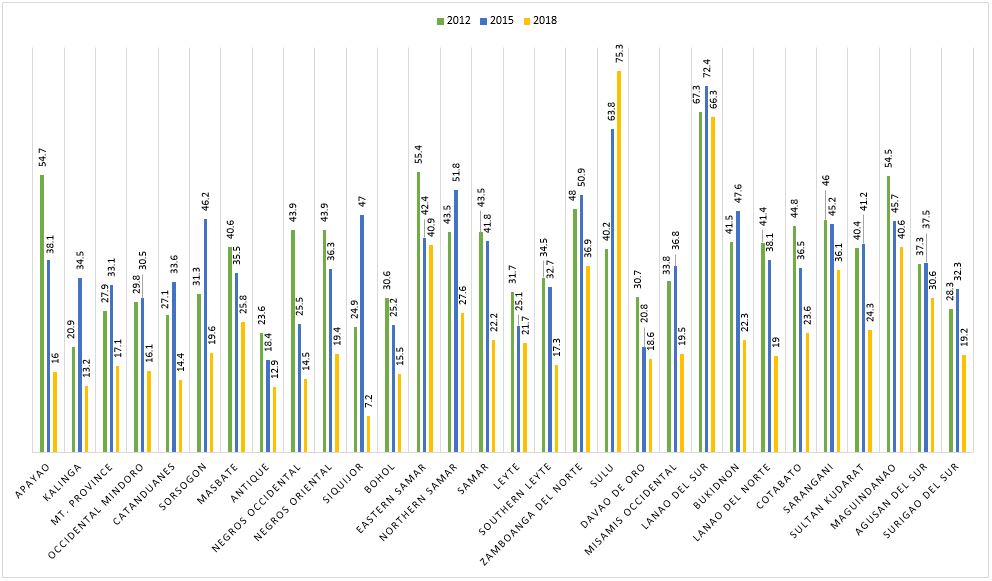
Way Forward
Even though the Philippines worked hard in reducing poverty through various programs, it still has a long way to keep up with neighboring countries in the ASEAN region like Vietnam and Indonesia.
To do that, FAO suggests greater coherence between social protection and agriculture. The DSWD, DA, Department of Agrarian Reform, NEDA, Department of Interior and Local Government, Department of Education, National Nutrition Council, and National Anti-Poverty Commission are the main actors that need to converge.
FAO believes that synergy can generate a positive impact that can break inter-generational cycles of poverty. ###
Writers:
Jhomai S. Canlas and Dr. Myer G. Mula
References:
- Alarcon CB and Lopido LD. 2020. NEDA-8: Significant drop in E. Visayans who are poor in 2018 due to improved labor market conditions, other reforms. Philippine Information Agency.
- Compassion. 2021. Poverty Defined. Compassion International, Inc.
- Corpuz P. 2020. Performance of Philippine Agriculture in 4th Quarter 2019. United States Department of Agriculture.
- Food and Agriculture Organization. 2019. Seeking greater coherence between agriculture and social protection in the Philippines – A policy and programmatic review. United Nations. 60 pp. ISBN 978-92-5-131876-8.
- Galtung J. 1969. Violence, peace, and peace research. Journal of Peace Research. 6(3): 167–191.
- Mapa CDS. 2019. Proportion of Poor Filipinos was Estimated at 16.6 Percent in 2018. Philippine Statistics Authority.
- Mapa CDS. 2019. Performance of Philippine Agriculture (April – June 2020). Philippine Statistics Authority.
- Mapa CDS. 2020. Municipal and City Level Small Area Poverty Estimates; 2009, 2012 and 2015. Philippine Statistics Authority.
- Mapa CDS. 2020. Farmers, Fisherfolks, Individuals Residing in Rural Areas and Children Posted the Highest Poverty Incidences Among the Basic Sectors in 2018. Philippine Statistics Authority.
- Mapa DS. 2020. Updated Clustering of Provinces based on 2018 Full Year Poverty Incidence among Families, by Province: 2015 and 2018. Philippine Statistics Authority.
- O’Brien J. 2019. New Programs to Reduce Poverty in the Philippines. The Borgen Project.
- Pennington J. 2019. How well are the government’s anti-poverty schemes working in the Philippines? ASEAN Today.
- Philippine Statistics Authority. 2013. 2012 Full Year Official Poverty Statistics of the Philippines. National Statistical Coordination Board.
- Philippine Statistics Authority. 2013. 2012 Full Year Official Poverty Statistics of the Philippines. National Statistical Coordination Board.
- Rosales MC. 2020. NEDA VIII Statement on the 2018 Full-Year Poverty Statistics of Eastern Visayas.
- Talavera C. 2018. DA seeks higher funding for special agriculture development sites. Philippine Star.
- Tirivayi N, Knowles M and Davis B. 2013. The interaction between social protection and agriculture: A review of evidence. PtoP report. rome, Fao.
- World Bank. 2018. Making growth work for the poor: a poverty assessment for the Philippines. Washington, D.C.: World Bank Group.
- World Vision. 2020. What is poverty? It’s not as simple as you think. World Vision Canada.
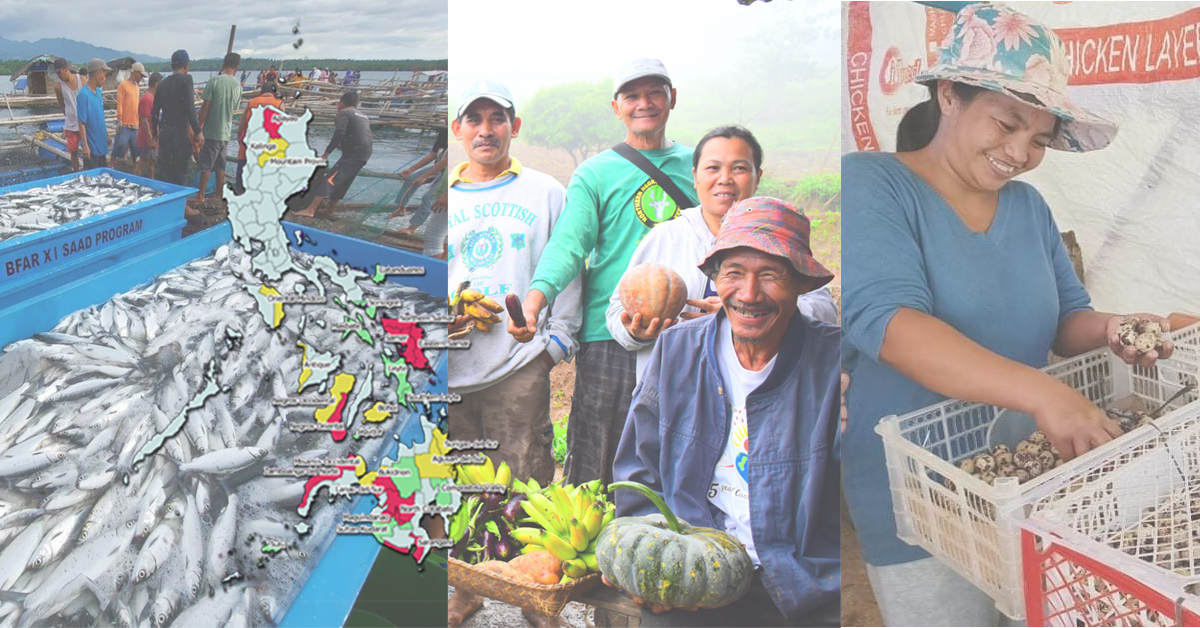
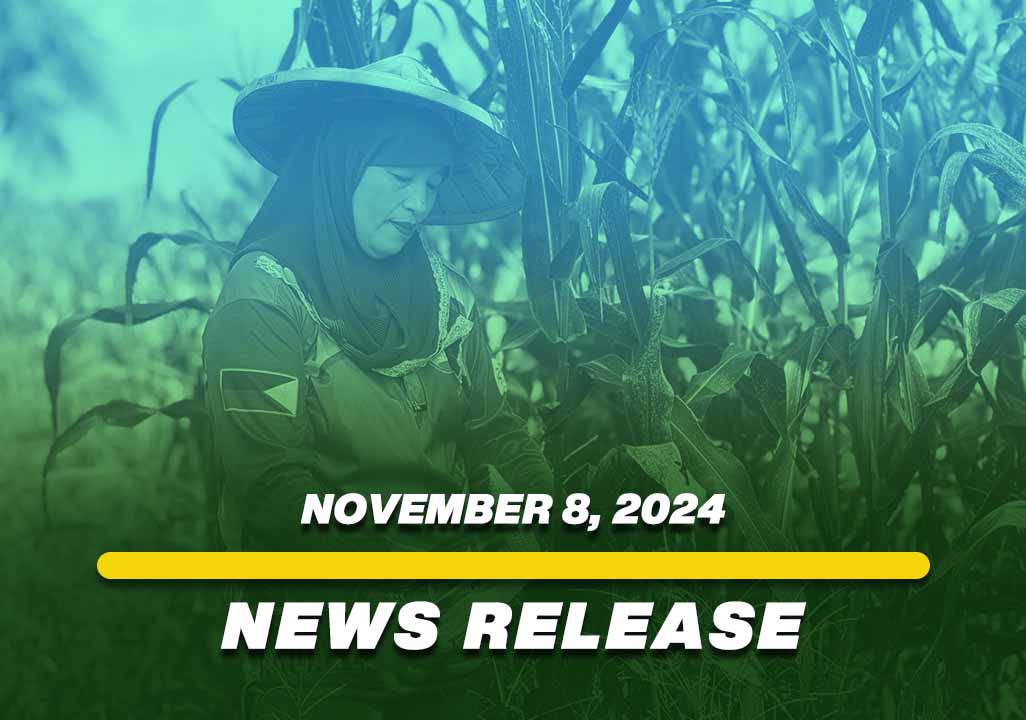
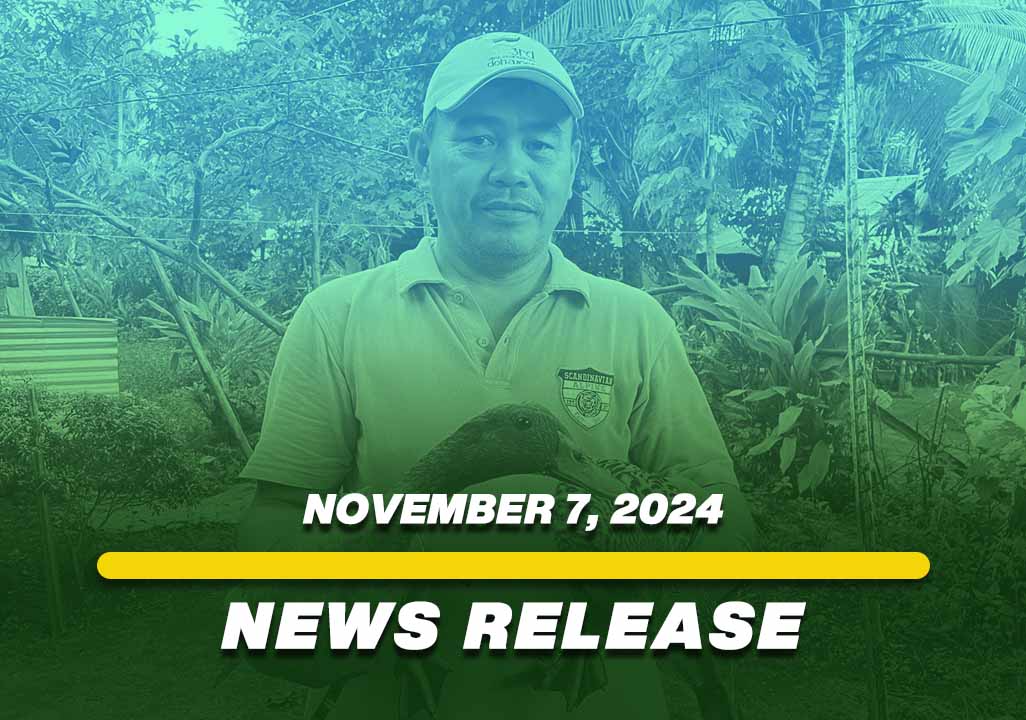
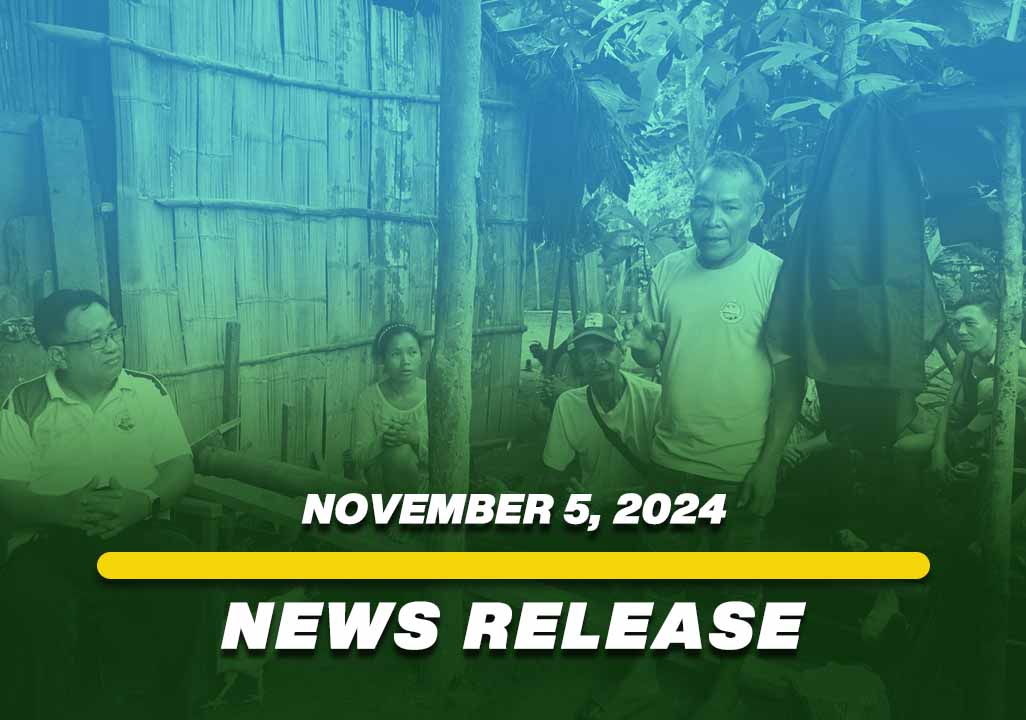
This Post Has 0 Comments